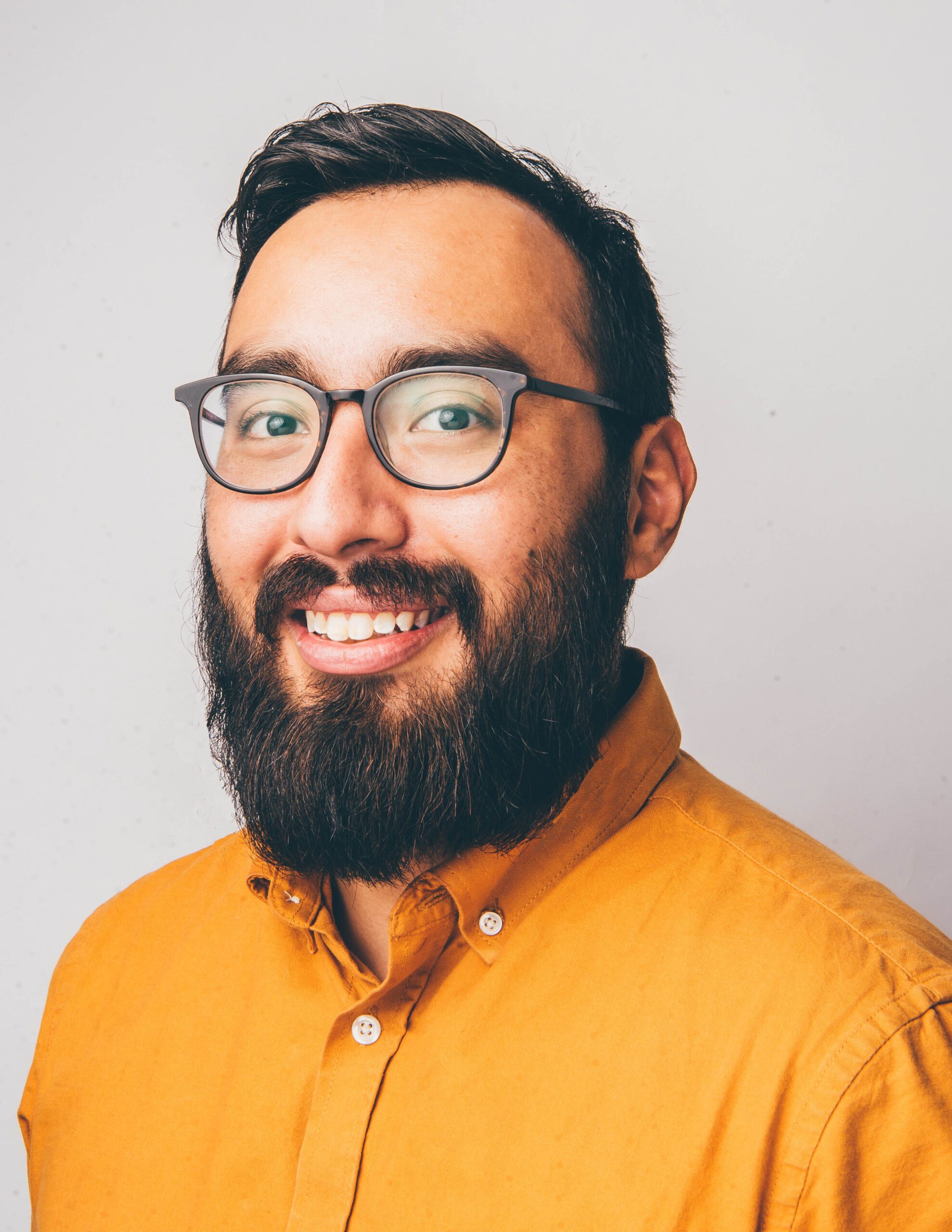
Afterschool
Afterschool Providers Put It All on the Line for Kids
When the pandemic broke, one thing was certain: kids needed support more than ever. Afterschool providers quickly stepped in to fill gaps and maintain connections with kids. For some this meant quickly moving their programming online. For others it meant providing a safe and nurturing space for children to engage in remote schooling under the eye of caring adults. For all, kids were put first—even when that meant putting personal lives and financial futures on the back burner.
We spoke with three afterschool providers in Detroit—Kim Johnson, founder of Developing Kingdoms in Different Stages (Developing KIDS); Fikre Prince, executive director of Central Detroit Christian Community Development (CDC); and Jessica Hauser, executive director of Downtown Boxing Gym (DBG)—about the challenges they faced providing programming, how they adapted, and how the youth they served benefitted from their tireless efforts.
What specifically did your organization do to adjust programming because of COVID?
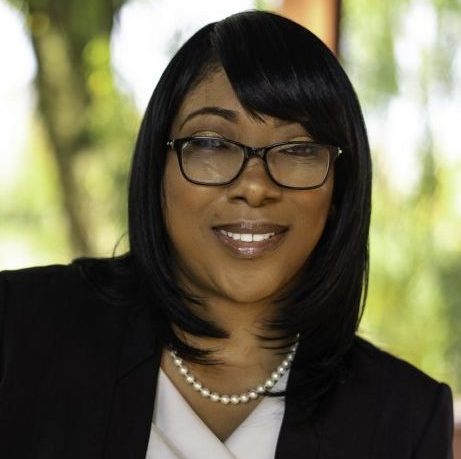
Johnson: In March 2020, we quickly pivoted to transition all of our programs to a virtual model through our social media pages and Zoom. We used social media because it was easily accessible for our participants and others across the country who may not have access to the internet. We had over 42,000 people engaging with us on Facebook alone to view videos of program activities, and they were able to engage at a time that worked for them. This method allowed us to meet their needs on their time.
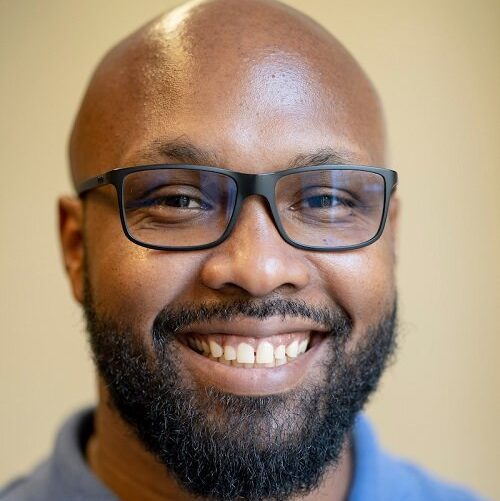
Prince: In the initial three months of the pandemic, we pivoted our focus to meeting everyday needs of the kids in our programs by providing them with technology, including new and used laptops and tablets donated by our supporters. We also began delivering meals to every family on our roster and anyone who expressed need. In fall 2020, we opened a virtual learning center for students who needed reliable internet, tech help, and adult supervision throughout the school year.
Hauser: During Covid, Downtown Boxing Gym switched from an afterschool program to full-day program with our students using the gym’s internet access to attend virtual school, creating a “synchronous learning hub.” We also put together boxes of food and provided tutoring and support virtually. We wanted to keep all of our staff employed, and even tripled our staff to accommodate the needs of our students. Our building was completely re-worked to make things touchless and COVID safe: spaced out student work areas, plexiglass on desks, etc. Furthermore, we expended our hours of operations and instituted virtual programming options for students to engage with us safely.
How did your organization shift priorities to better meet the needs of youth during the pandemic?
Johnson: Safety, health, and wellness became the immediate priority to help youth achieve academic goals. We delivered cleaning supplies and groceries to families in need; we purchased and delivered tablets to families with multiple children in grades K-7 to support online learning and engagement in our virtual programming; and we purchased laptops for three college students and one high school senior who was starting college. To ease parents’ concerns and frustrations with at-home learning, we increased homework assistance time and engaged with schools when necessary to advocate with parents on behalf of their children.
Prince: Almost all our in-building adult services pivoted to online or distance services, while we dedicated more space within the building to youth programming. This allowed us to comply with social distancing mandates without compromising our focus on literacy and social emotional learning in person. We also ensured constant contact with our youth and families: our staff made phone calls and donned personal protective equipment to do home visits to ensure all our children knew they were loved and supported.
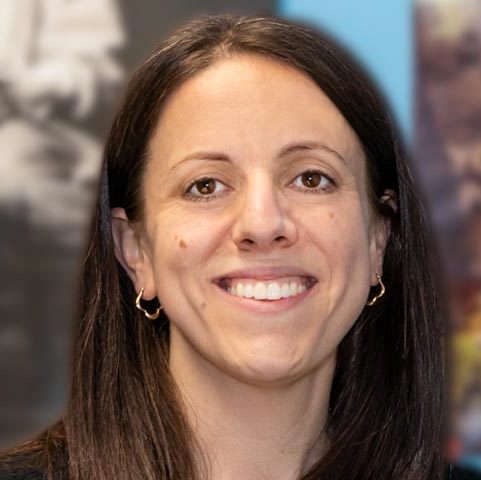
Hauser: We shifted priorities to provide food for entire families, something we had not done in the past. We also turned our fleet of vans into delivery vehicles—delivering food and academic supplies to our students and families and PPE (personal protective equipment) to other nonprofit organizations across metro Detroit. Program-wise, we temporarily shifted from growing our program to serve more students to growing our staff to better support the students already in the program. We look forward to returning to growing our program so we can serve more students in the future. For our in-person programming, we provided three meals a day plus snacks, thanks to our amazing our amazing food donation partners. Furthermore, we helped facilitate virtual therapy sessions for kids and families to support their socio-emotional health.
What challenges did your team face in providing programming during the pandemic? How did you adapt to and overcome those challenges?
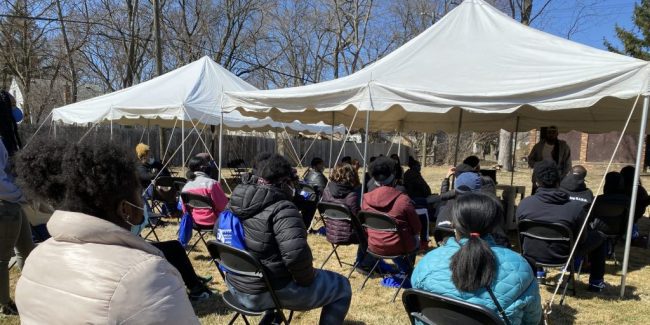
Prince: Many of our programs were volunteer reliant, and though many of our volunteers desired to help, they struggled to find a way to do so safely. Through a generous donation we were able to get tablets to our students, and help our volunteers connect with students through our virtual literacy platform.
Hauser: Finding the funding we needed during a crisis was difficult. We launched an emergency fundraising campaign, connected with partners, supporters, and donors, and engaged our board members, among other efforts, to put the right team in place to provide the programming our students and families needed.
What additional support did you receive during this time from funders, the community, other partners, etc.?

Johnson: Through the Family Independence Initiative, we were able to deploy codes to 12 families to give them access to receive $500 each. The families were all very grateful for the support. We also received masks and Black Lives Matter bookbags through the partnership. Several of our funders increased our awards and allowed flexibility in our funding by making them general operation awards.
Prince: We received an outpouring of support from many different areas. People showed up do donate technology and cleaning products for families. Foundations helped cover the costs of retrofitting our building and busses and helped us stay stocked with disposable PPE. Community members connected us with resources to ensure families were fed and volunteered to help children read.
Hauser: Downtown Boxing Gym received financial support from many existing and several new foundations, corporations, government, and individual partners. We also received a tremendous outpouring of support from our community through the donations of personal protective equipment, groceries, cleaning supplies, technology, athletic equipment, and secure parking for our vans. Several partners also stepped up to be thought-partners to help us determine the best plan for safely reopening, including one who produced signage for the building and a COVID-19 health and safety instructional song for the kids.
Overall, why did you find it important to adjust and shift during the pandemic to provide programming for kids?
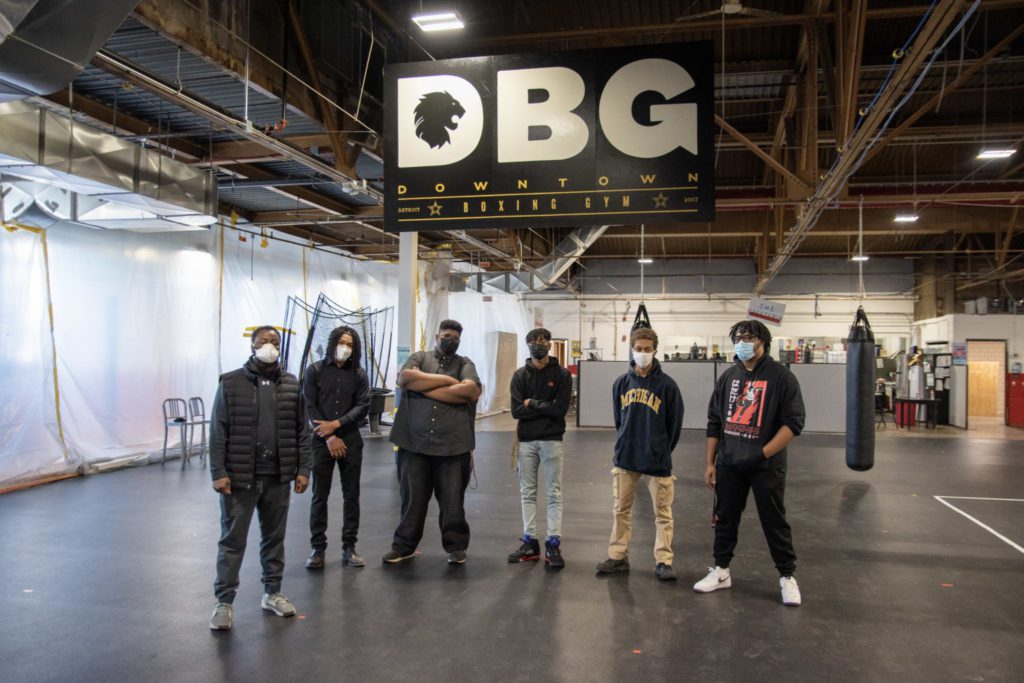
Johnson: The well-being of children is the core of our work. The priority is not to first address comfort in how and what we do but meeting the youth and families where they were with what they need to thrive. In making that our priority, we then found ways to work in a comfort zone that allows us to thrive in how we carry out our mission.
Prince: We felt that it was our responsibility to provide some level of stability and normalcy for kids as things were changing so rapidly. We have worked with youth for almost 30 years, and, in that time, we have learned that children don’t thrive in isolation. So we had to find safe, creative ways to help them engage with others and express how they were dealing with life in a pandemic.
Hauser: Children are our most valuable resource. Our students are our future leaders. They’ve worked so hard and they have such important goals and dreams, we wanted to prevent the chance of any student falling behind. We exist to provide programming for our students and to ensure they have the tools they need to succeed. That is why we’re here. It’s our mission, our commitment, our passion, and our promise. We would not have things any other way.
